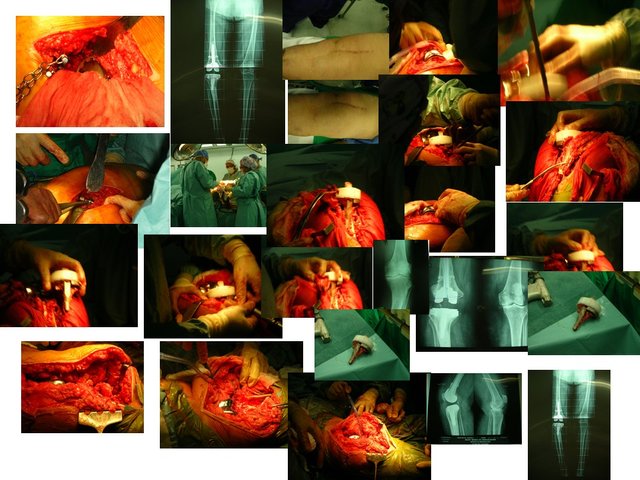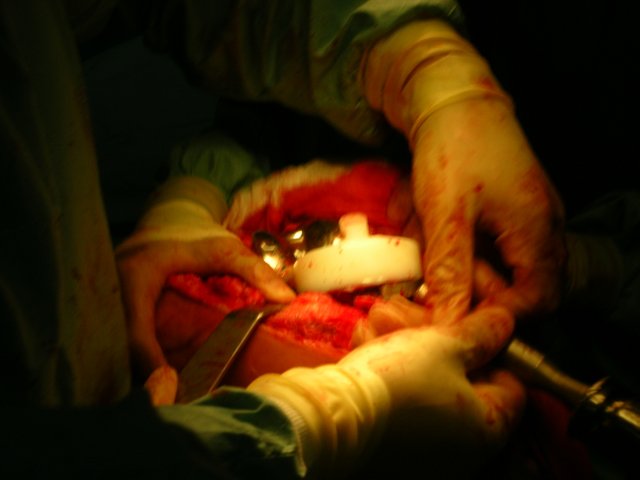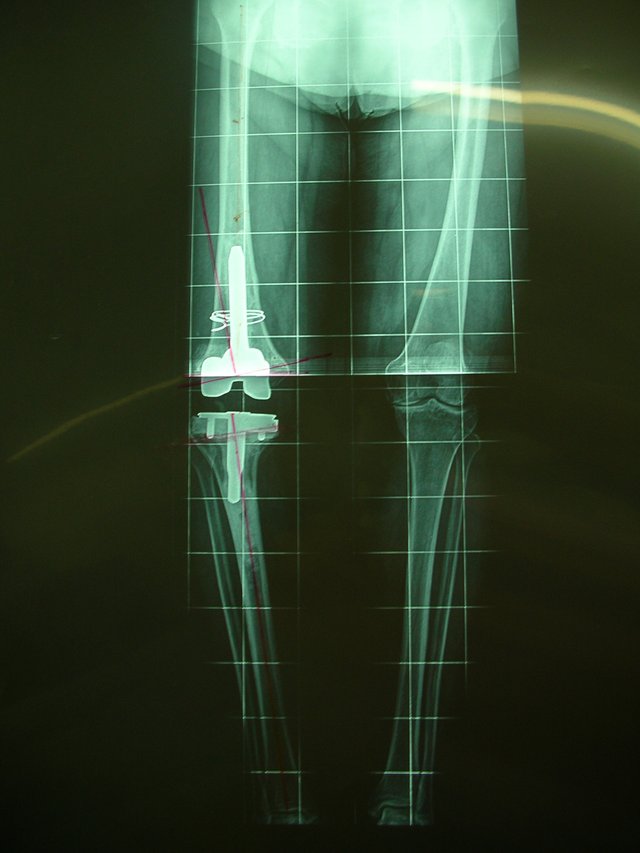Properties of knee prostheses

Knee prostheses
Already in some previous post I have defined the knee as the joint between the lower part of the femur and the upper part of the tibia (and also of the kneecap with the femur). Prostheses are used to restore function and restore function to the area and therefore have different components.
Knee prostheses are classified according to how the affected bones are replaced, but the most common are those known as total knee prostheses (TKP). The TKPs are fixed to the tibia by means of a metallic tibial tray and to the femur by means of condyles, also metallic. Between the two there is a piece called an insert made of a plastic (polyethylene) that facilitates the articulation of the femur and tibia. If the surgeon considers it appropriate, he can also replace the joint part of the kneecap with a polyethylene component.
The fixation of the components to the bone can be done using bone cement or seeking their integration to the bone (depending on the bone quality of the patient).


Types of prostheses
A knee prosthesis is used to prevent pain and restore function to patients suffering from joint wear. Depending on the type of wear, the stability of the soft tissues or the existence of previous surgeries, you may be a candidate for the implantation of one or another type of knee prosthesis. Among the most common, we can name the following:
Unicompartmental knee prosthesis: Its fundamental indication is the treatment of osteoarthritis of the knee that only affects one side of the joint. It is assumed that, as not all the knee is affected, the prosthetic replacement should be limited to damaged regions.
Total Knee Prosthesis: This is the most common type of knee prosthesis. It consists of a complete replacement of the two articular surfaces and, as mentioned in the previous section, it is made up of the following components:
Tibial tray: Made of metal (usually cobalt chrome or titanium alloys), fixes the prosthesis to the proximal tibia.
Femoral component: It is fixed to the distal part of the femur and acts as a friction surface, so it is usually made of cobalt-chrome.
Insert: It is placed between the two previous components and acts as a friction surface together with the femoral component. It is usually made of polyethylene.
Patellar component: It is not used in all cases and its use depends on the surgeon's personal preferences. It is usually made of polyethylene.


Non-conventional prosthesis
- Revision knee prosthesis: These are the systems used when a prosthesis that has already been implanted needs to be replaced. In the simplest cases, total primary prostheses can be placed, but there are also implants specifically designed for these complex procedures. In revision surgeries there are usually problems of stability and lack of bone. Biological products or additional prosthetic elements such as stems or supplements are used to fill bone defects.
More constrained prosthetic designs and even hinged knees can be used to stabilize the joint. Revision knees can also be used in other types of cases where there has been a large loss of bone mass, such as tumours.
Dr. Leopoldo Maizo - Orthopedic Surgeon


Firma diseñada por @themonkeyzuelans, contáctalos vía Discord "themonkeyzuelans#9087"
Great projects from the Steemit community:
- My Fundition campaign: https://fundition.io/#!/@drmaizo/6f88ggj8h



.png)